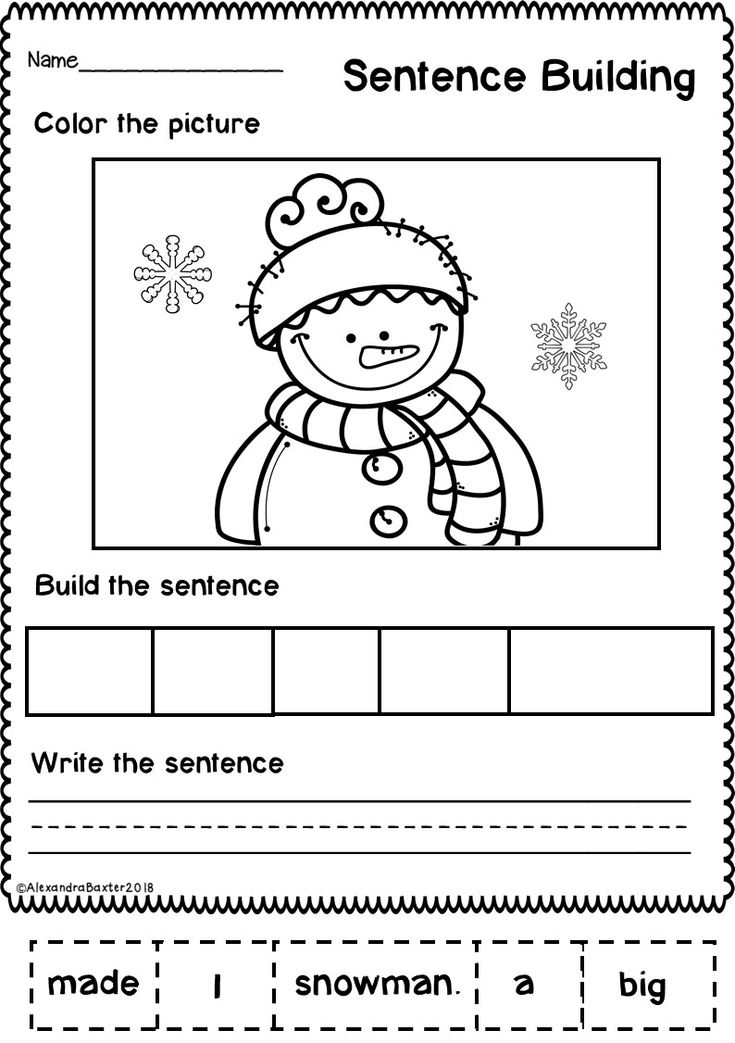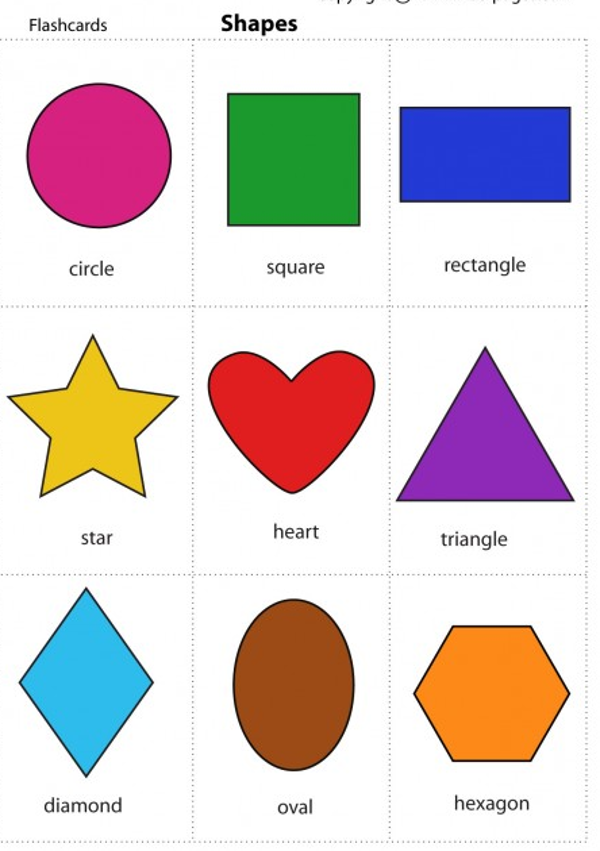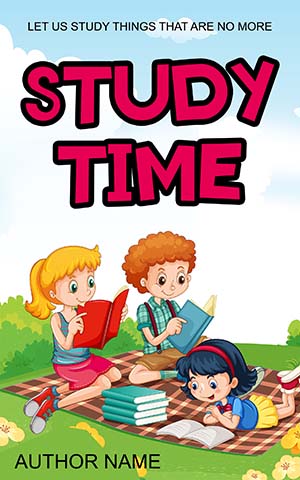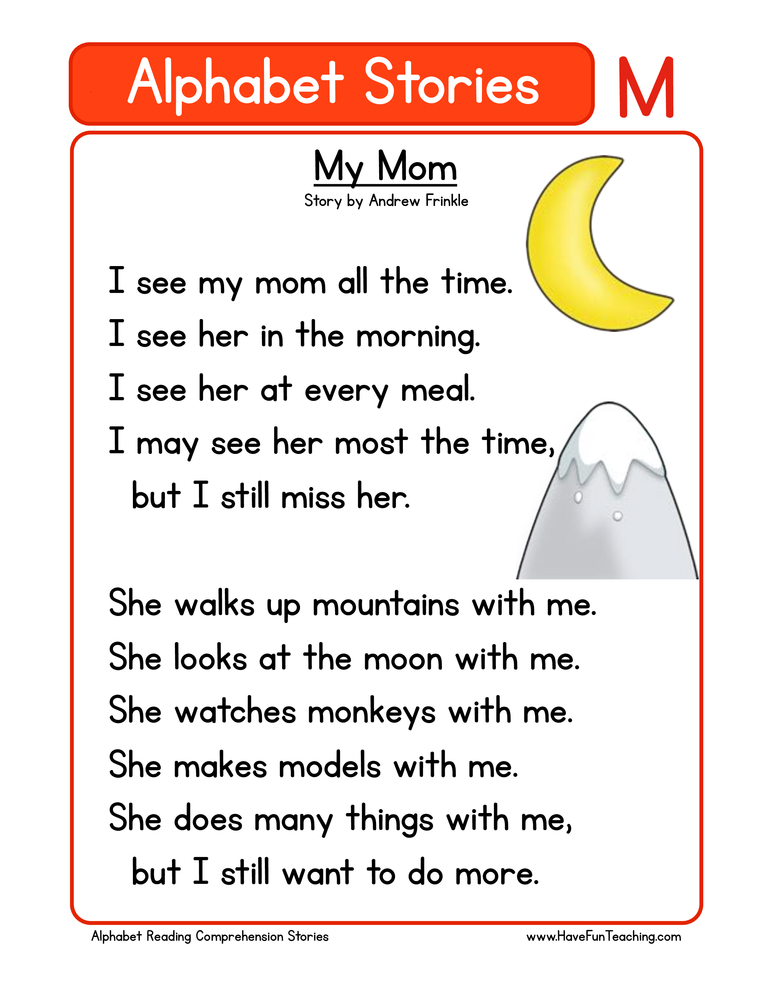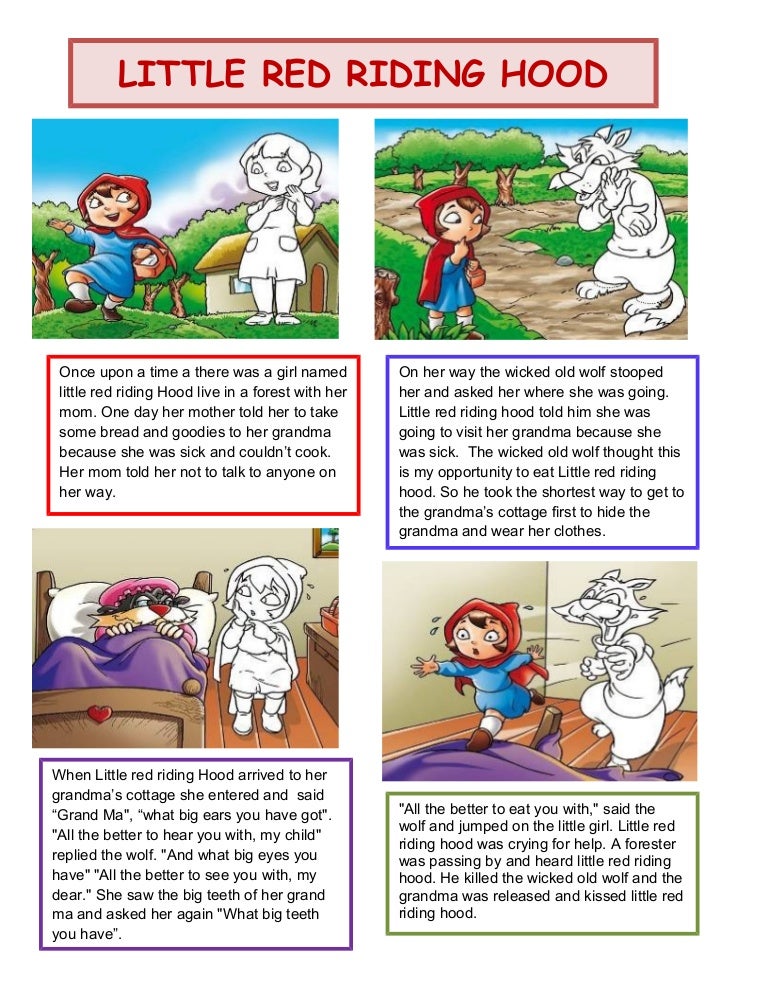How to level a book
How to Determine the Reading Level of a Book
This content contains affiliate links. When you buy through these links, we may earn an affiliate commission.
Fountas and Pinnell, Lexile Level, Primer, Pre-primer, Beginning Reader are all terms you may have heard if you have a young reader in your house. Seriously, what does it all mean? Is there actually a way how to determine the reading level of a book? If your child can read The Cat in Hat, which is a level J in Guided Reading, can she independently tackle Diary of a Worm, which has a Lexile Level of 510L or is she ready for Keena Ford and the Second Grade Mix-Up, even though that one has a DRA of 30?
Through this post, I am going to attempt to elucidate and explain reading levels. So scroll through to find the system that your child’s teacher uses or pour yourself a large cup of coffee and sift through all of the various ways educators, librarians, and book publishers level and categorize books for young readers.
Reading Levels Are Like Starbucks Sizes
I admit, I don’t visit Starbucks unless I have a gift card. I am also that person who goes to Starbucks and still tries to order a large iced tea. The barista calmly asks if I would like a venti or a trenta and then explains that I need to choose between Passion Tango, Matcha Green, or Guava White Tea. Then comes the question of sweetened, unsweetened, or added lemonade.
For the young reader, finding a book that can be read independently can be as tricky as remembering all of the variables in a Starbucks order. Little readers who are not familiar with reading levels or taught to find a “good fit book” often go for books that are too easy and boring, too difficult and frustrating, or, like my kindergarten son, books that have too many unreadable Star Wars planet names like Kashyyyk. If a child knows her reading level, she can find books that contain sight words she knows, plot lines that are not too advanced, and vocabulary that is manageable.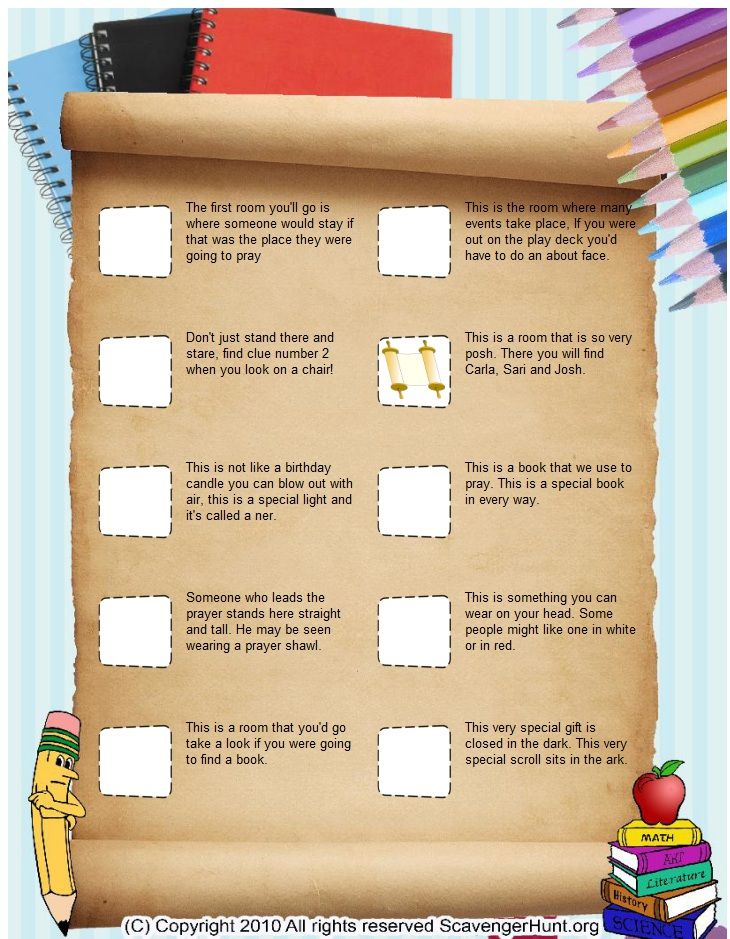
Explain the Levels, Please
There are many different ways that books are leveled. Here are the three most popular methods for how to determine the reading level of a book.
Developmental
Children become readers by moving through different developmental reading stages. These stages range from the emergent pre-reader to the expert fluent reader. Typically, the emergent pre-reader is between six months and six years of age, while the expert fluent reader is 16 years and older. The developmental categories are broader categories than many of the other leveling systems.
Letter Levels
When I taught first and second grade, I found letter levels to be the most kid friendly way to organize a classroom library. If your child’s school levels books using Fountas and Pinnell, Reading A-Z, Scholastic Books, or Guided Reading Levels, then books will be leveled using a letter system. While it would be nice, these leveling systems do not always correlate. A book that is a Reading A-Z Level P, is not always a Level P using the Guided Reading Levels.
Number Levels
Books can be leveled through such systems as Lexile Numbers, The Direct Reading Assessment (DRA), and Reading Recovery. These systems measure texts by complexity and a reader’s skill level and then assign a number.
I Have My Child’s Reading Level, Now What?
Throughout the school year, your child’s teacher will probably perform reading inventories or assessments with your child. These will determine your child’s reading level.
If you homeschool or your child’s school does not use leveled reading, then use a simple test called the “five finger test” to roughly determine your child’s reading level. Have your child choose a book and open to the second page. Ask your little one to read the text out loud. If your child struggles with independently reading five or more words on that page, the book is too difficult and is not a good fit. You should also ask some comprehension questions to make sure that your young reader understands what she is reading.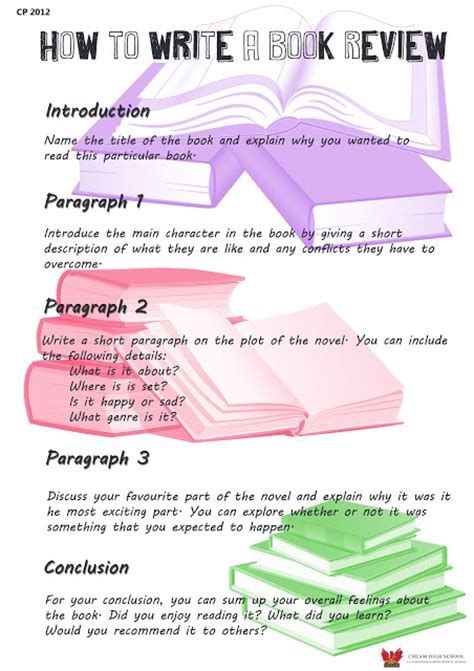 When a book passes the five finger test, use one of the links below to determine that book’s reading level.
When a book passes the five finger test, use one of the links below to determine that book’s reading level.
Once you have the reading level, take a look at these five helpful websites, apps, and charts that will help you and your child find or level the perfect book:
- Book Wizard : Type in the title of a book to retrieve the Guided Reading Level and grade level.
- Lexile Find-a-Book :Visit this site to find the Lexile Number for a specific book or to generate a list of books with a particular Lexile Number.
- Reading A-Z Level Correlation Chart : This is the best conversion chart out there for reading levels.
- Reading Levels Explained : Check out this very clean and user friendly site if you are still feeling overwhelmed by all of the reading level systems.
- Literacy Leveler app : Download this app and then use it to scan a book’s ISBN to see its Lexile, DRA, and GRL.
Levels Should be Helpful, Not Stressful
Reading levels should not feel restrictive. They should be used as helpful tools and not as a draconian system that kills the love of reading. Encourage your child to read books on her level, but don’t be upset if she chooses to reread an old favorite or picks up a nonfiction book that has some advanced vocabulary. Imagine how horrible it would be if adults had to always adhere to a reading level. I am well aware of the fact that some of my beach reads are probably a fourth grade reading level, with a Guided Reading Level of Q, 820L, and DRA of 40. I may not always be challenged as a reader, but it is still fun to sip my trenta Passion Tango unsweetened iced tea and enjoy a book simply for the fun of reading.
They should be used as helpful tools and not as a draconian system that kills the love of reading. Encourage your child to read books on her level, but don’t be upset if she chooses to reread an old favorite or picks up a nonfiction book that has some advanced vocabulary. Imagine how horrible it would be if adults had to always adhere to a reading level. I am well aware of the fact that some of my beach reads are probably a fourth grade reading level, with a Guided Reading Level of Q, 820L, and DRA of 40. I may not always be challenged as a reader, but it is still fun to sip my trenta Passion Tango unsweetened iced tea and enjoy a book simply for the fun of reading.
Need some books to practice leveling? Help yourself to 50 Must-Read Books for Beginning Readers, 20 Must-Read Books for First Graders and Second Graders, The Best Chapter Books for Kids: Engaging with Words, and 70 Must-Read Books for 3rd Graders.
How to Level Books in 2 Easy Steps
by Lisa
Learn how to level books the easy way for your classroom library, home library, or school library.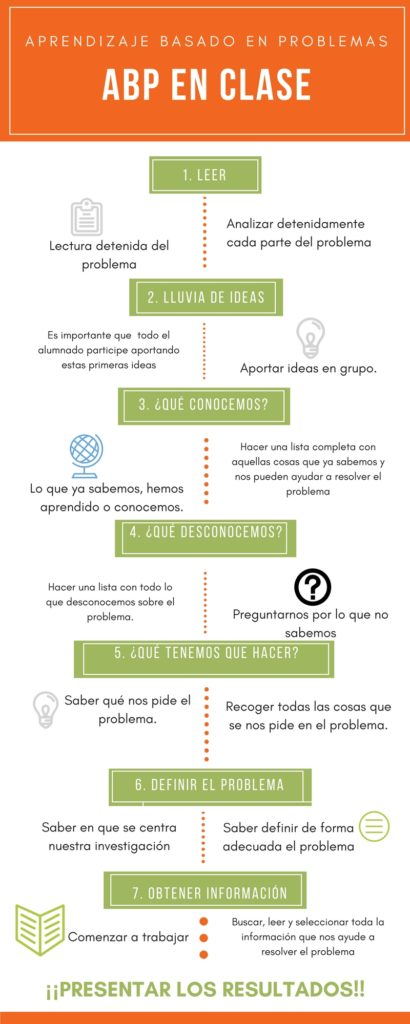 The simple system I use as a school librarian works for a variety of different book leveling systems. This article will show you how to level books for Fountas and Pinnell, how to level books by Lexile score, and how to level books by DRA (Developmental Reading Assessment) level. If you need to level books for guided reading, you’re in the right place. How do you level a children’s book? Read on to learn how to level books quickly and easily for free.
The simple system I use as a school librarian works for a variety of different book leveling systems. This article will show you how to level books for Fountas and Pinnell, how to level books by Lexile score, and how to level books by DRA (Developmental Reading Assessment) level. If you need to level books for guided reading, you’re in the right place. How do you level a children’s book? Read on to learn how to level books quickly and easily for free.
Table of Contents
My Book Leveling Backstory
In the library, I sometimes get asked about the reading level of a certain book. Although I can look it up, I don’t place a big emphasis upon a particular book’s reading level. I always hope that kids will choose to read what interests them. However, knowing the reading level of a book does have its place. Maybe a classroom teacher needs to add some books to a leveled classroom library, or maybe a homeschooling parent wants to know for assessment purposes. Perhaps a student is just curious.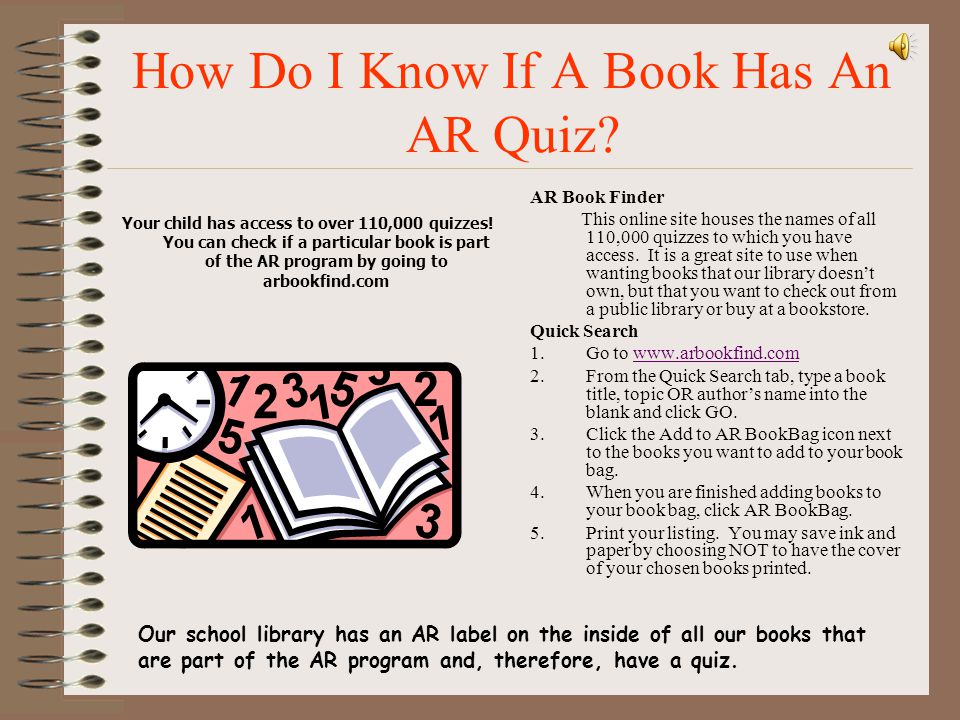 Here’s my favorite free way to level books quickly and easily.
Here’s my favorite free way to level books quickly and easily.
***Disclaimer: This post contains affiliate links, which means as an Amazon Associate I earn from qualifying purchases at no additional cost to you.*** Already know what you’d like to get from Amazon? Here’s a handy way to get to the website, linked to one of my favorite books for teachers to get kids excited about reading. Just click on the link, then browse around and do your shopping.
Take Me To Amazon!
Level Books Quickly Step 1:
You may be asking, “How classroom library?” Here’s the first step. Go to the Accelerated Reader Bookfinder site and type in the title, author or topic of the book you are trying to find information about. Chances are quite good that your book will be in the vast database of titles. Once you have the result, look for the number to the right of the AR letters. For the book I looked up, Wish, by Barbara O’Connor, the number was 6.0.
What does that number mean? It means that, according to the readability formula used by the Accelerated Reader program, the book would be at an appropriate level for a student at the beginning of sixth grade. Of course, the actual reader may be in a higher or lower grade level. If a book has an AR level of 4.5, the number means the book is at a readability level suitable for someone in the fifth month of fourth grade.
Of course, the actual reader may be in a higher or lower grade level. If a book has an AR level of 4.5, the number means the book is at a readability level suitable for someone in the fifth month of fourth grade.
Level Books Quickly Step 2:
If you are just interested in knowing the grade level of a book, you could stop there. However, many school districts use other reading levels to measure progress. One type of leveling model is the DRA (Developmental Reading Assessment). Another book leveling model is the Lexile score. Some teachers, homeschool parents or students may want to know the DRA level or Lexile score of a book. What if you want to level books for Fountas and Pinnell? How do you find a book’s guided reading level? For each of these queries, all you need to do is access a conversion chart, or book level chart. This is the best one I’ve found. Use the chart to convert the AR level to your desired book system level. There you go! You just learned my favorite free way to level books quickly and easily.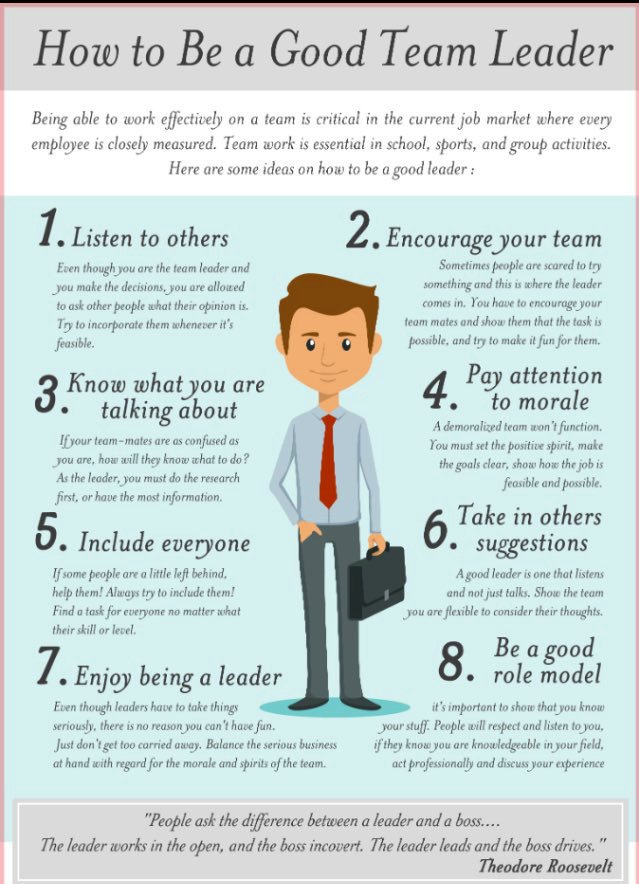 Using these two free book leveling websites or tools, you can level many books in a short amount of time.
Using these two free book leveling websites or tools, you can level many books in a short amount of time.
Have a Ton of Books to Level?
What if you are a brand new classroom teacher and have a whole classroom library of books to level? What if you are a school librarian who has just been asked by your principal to level all of the books in the library? (It has happened before.) Is there an app to level books? Good news! There is a free app called QuickScan Book Leveler. The downside is that it’s only available right now for an iPhone or iPad. It also only provides the AR level and Lexile score. If that is all you need, then you’re set.
There is another app you could use called Level It Books. It’s not free, but it’s only $4.99. The app is available for both iOS and Android devices on their respective app stores. This app allows the user to quickly view a book’s Lexile, guided reading level, grade level equivalent, and DRA level, if desired. When used with a barcode scanner to scan each book’s ISBN, the leveling process is sped up substantially.
Is Book Leveling in Your Future?
Are you going to have a need to level some books anytime soon? Do you suddenly feel like raiding your bookshelf and visiting the AR website just to satisfy your curiosity? If that’s the case, I hope this post will help you find the book levels you are seeking. Have a fantastic week, and thanks for visiting the BookAndTechTips site.
Related Posts:
- Incredible Kindness Books for Kids
- Inspiring Technology Books for Kids
- Awesome Summer Reading Programs
- Helping Reluctant Readers: An Engaging Resource
- Free Ebook Site For Kids Offers Home Access
- The Best Free eBook Deal For Kids and Teachers
- Best Valentine Books for Kids
Lisa Mitchell is a school librarian who likes to use her job as an excuse to stay up far too late reading books and noodling around with tech tools. To learn more about what this website has to offer, click on over to the About page or the Book Tips page. .
.
How to save a wet book: instructions from librarians
© Chips Journal Collage
Restoring the original look
Has it ever happened in your life that a book slipped out of your hands and fell right into a puddle? Or in a full bath? Or did you just accidentally spill a glass of water and the book became absorbent? Or did you get wet to the skin in the rain?
Librarians at Syracuse University in America obviously had to save books from floods and other troubles more than once. We have compiled their recommendations for you.
Paper napkins
So, the first thing to do is stock up on plenty of paper napkins (paper kitchen towels will do). It is with their help that you need to do the primary processing of the book and squeeze out excess moisture. Put a few napkins under the book and a few on the front of the cover and gently press down with your hand.
Put a few napkins under the book and a few on the front of the cover and gently press down with your hand.
Patience and Accuracy
At the second stage, be patient and lay paper napkins every ten to fifteen pages of the book.
Important: the book must not be opened more than 90 degrees - that is, you must constantly hold it with one hand (or you will need to come up with some kind of special support structure, otherwise there is a risk that the book will fall apart).
Hair dryer or fan
Now on to blow drying. Librarians have special resources for this - they can leave the book to dry in front of a fan overnight. If you do not have such a device, at this stage you can use a hair dryer and simply dry the book page by page at a low temperature.
Heavy Load
When the pages are dry, you can proceed to the final stage: now the book must be placed under the press to straighten the paper.
Let us assume that you do not have a special book press at home, which is in the library, but you can build an impromptu structure from bricks and plywood: first of all, you will have to put a sheet of plywood on the table, then a book, then a second sheet of plywood and then the bricks themselves. Under such pressure, it is advised to keep the book for 24-48 hours.
Under such pressure, it is advised to keep the book for 24-48 hours.
Freezing
Don't have time to do such a thorough drying of the book now? Then librarians advise putting the soaked edition in a freezer bag and putting it in the freezer until better times.
Children will be surprised when they go looking for ice cream there!
Read more on the topic
.
.
- life hacks
- books
- house
Content
- How to quickly straighten the paper
- How to smooth the paper iron
- How to level paper under press
- If the paper was wet
- how to dry and leve books
document, lecture sheet, or paper money is badly wrinkled.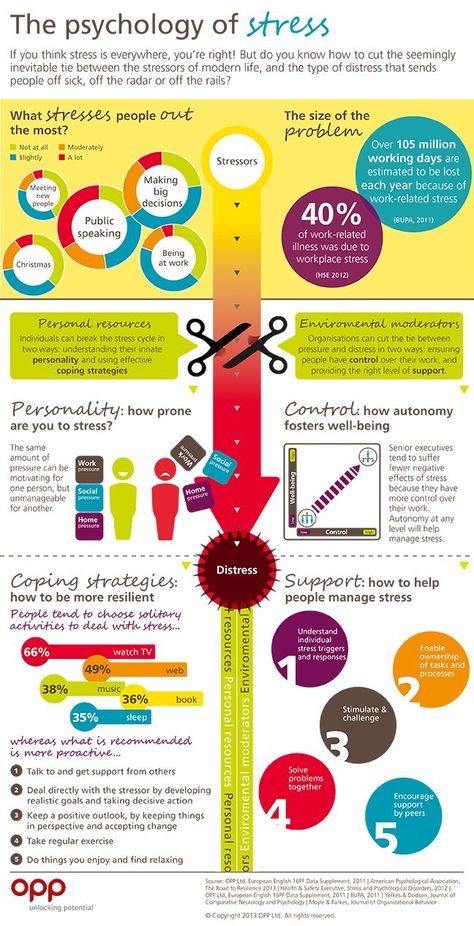 You can return the previous presentable state in several ways, of course, if the sheets are not torn. In this article, we will look at how to flatten a piece of paper.
You can return the previous presentable state in several ways, of course, if the sheets are not torn. In this article, we will look at how to flatten a piece of paper.
How to quickly straighten paper
To quickly straighten a wrinkled paper, roll the document on the edge of the table. This method will eliminate strong and basic creases. Try to make a photocopy of the document on a large copier, which will press the paper hard. Your home appliance may not be able to handle this task, and the copy will end up with jammed lines and streaks.
Another ingenious method is to run a sheet through the printer without printing on it. The device will eliminate light creases. However, this method is only applicable if the paper size is suitable for the printer. To straighten wrinkled paper, do not use a flat iron, tongs or hair dryer! Otherwise, you will irrevocably damage the document or notebook.
If the paper is very wrinkled, you can smooth it out with a press and an iron. Thus, you will smooth out any document, sheet, notepad and notebook, banknote and even wrapping paper. In addition, such methods are also suitable for smoothing files. Let's find out how to do it.
Thus, you will smooth out any document, sheet, notepad and notebook, banknote and even wrapping paper. In addition, such methods are also suitable for smoothing files. Let's find out how to do it.
How to flatten paper with an iron
Take a towel or thick cloth, spray with distilled water. Do not use tap water as it contains certain minerals that will make the sheets hard and brittle.
First lay out the paper on the ironing board and flatten with your hands. Cover the document with a towel or a thick layer of cloth. Set the iron to the lowest temperature so as not to overdry the items and cause the canvas to become brittle or yellow.
Then gently iron the wrinkled paper through a towel or cloth. Check the result after a minute. If the sheet is not leveled, slightly increase the temperature of the iron.
If the sheet is too hot, dampen the reverse side of the document with water from a spray bottle. Then the product must be gently stroked again. Repeat the process until you achieve the desired result.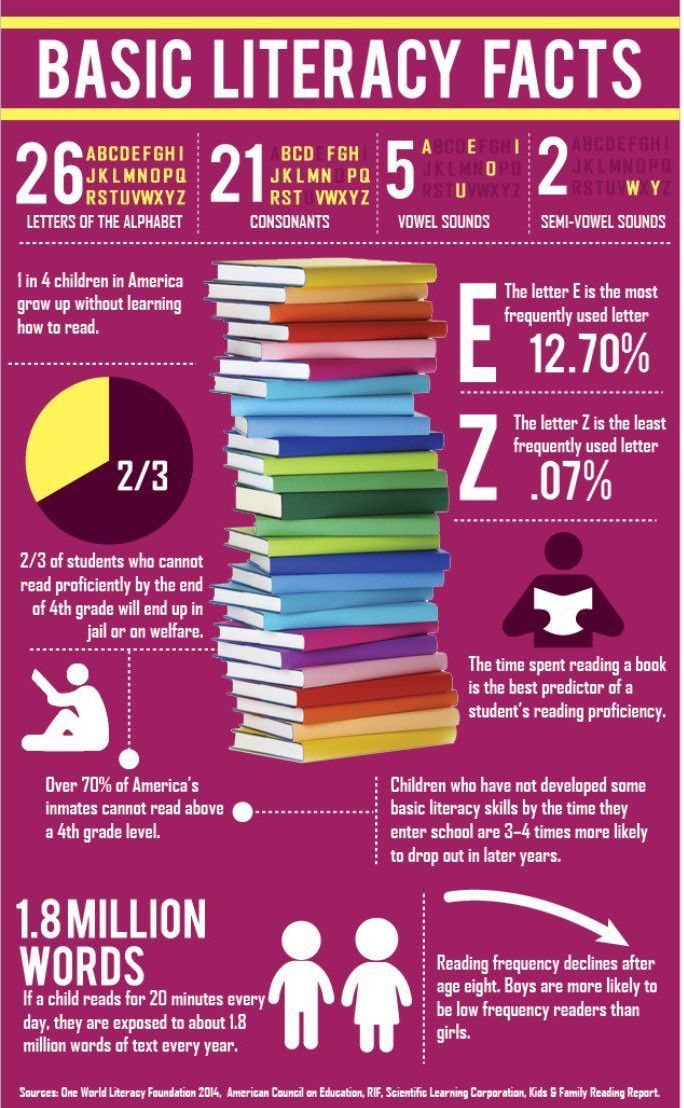
Canvases after watercolors, after chalk and inks that are not resistant to moisture, must not be wetted with water! Increase the heating temperature of the iron gradually and start from the lowest. Otherwise, when processing the printed text with a hot temperature, the latter will begin to melt. As a result, it will stick to the towel or cloth through which the document is ironed.
Do not use too much water when spraying, otherwise the text or pattern will “float”. Do not iron your passport or other document without a towel or cloth. Without this, the sheets will turn yellow and not smooth out. It also increases the risk of fire and fire.
How to flatten paper under a press
- Lightly moisten the document with distilled water from a spray bottle at least 30 centimeters away. Or blot the sheet with a damp cloth;
- Remember that water will wash out chalk, water-based inks and watercolors. In this case, moisten the sheet from the reverse side;
- If the watercolor paper is wrinkled, do not use water at all.
 Place dry sheets under the press;
Place dry sheets under the press; - Place wrinkled paper between blotting sheets, wool felt, or other material that absorbs moisture. It is better not to use paper towels, as text or drawings may be imprinted on the product;
- Place the resulting stack on a hard, horizontal surface and smooth with your hands. Then place heavy objects on top. This may be a stack of books or other cargo;
- Leave the paper to dry completely. Check every day to see if the sheets are dry. Change absorbent materials as needed. Slightly damp paper dries in one to two days, fully damp sheets dry up to four days.
If the paper gets wet
When the paper gets wet, it can ripple and wrinkle and lose its attractive appearance. Therefore, it is necessary to take measures to dry the material as quickly as possible. Wet paper without drying not only creases, but also gradually becomes moldy. In addition, when interacting with water, ink or paint will flow.
Soak sheets and lay them out in a well-ventilated area, open windows or use a fan to dry.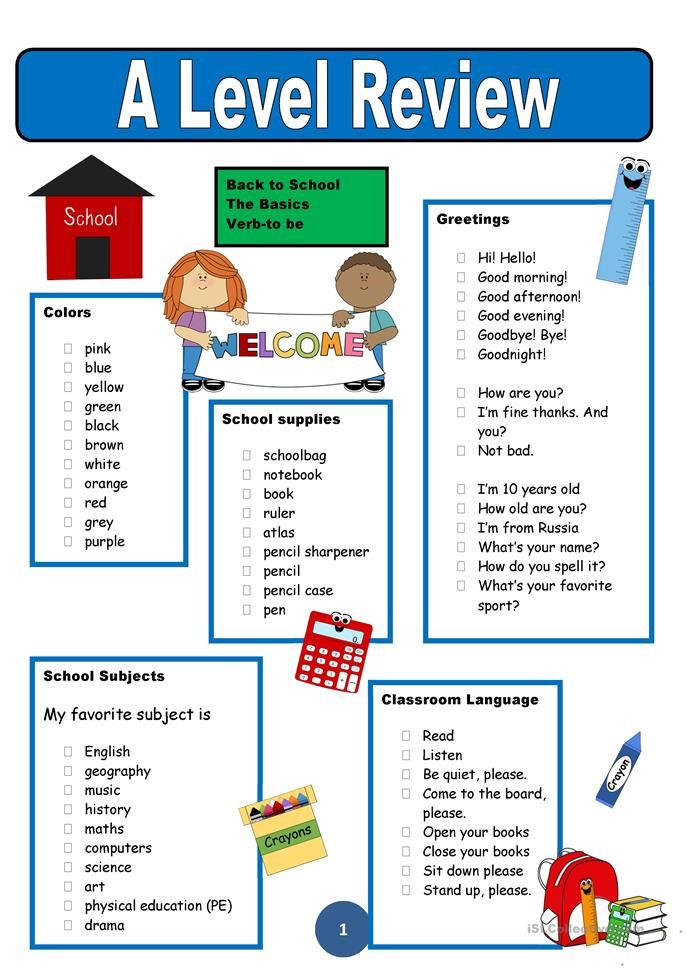 Cover papers and folders with blotter sheets or other absorbent materials to dry. Leave sheets in a well-ventilated area and change blotters regularly.
Cover papers and folders with blotter sheets or other absorbent materials to dry. Leave sheets in a well-ventilated area and change blotters regularly.
Dip wet laminated paper or wet photographs into a container of clean water and carefully separate in water. Then lay the products face up on a towel and leave in a room with good air circulation until completely dry.
How to dry and flatten books
Before drying and flattening a wet book, remove moisture from the pages with a white towel or paper towel and separate the pages. Place the book half open and place absorbent paper between the sheets.
Leave in a well-ventilated area, you can turn on the fan. Monitor drying and, if necessary, carefully separate pages that have stuck together.
You can also use the extreme method of drying books in the refrigerator. To do this, remove moisture from the pages as much as possible with a towel, napkin and blotting papers. Then place the book in a ziplock bag and close.

